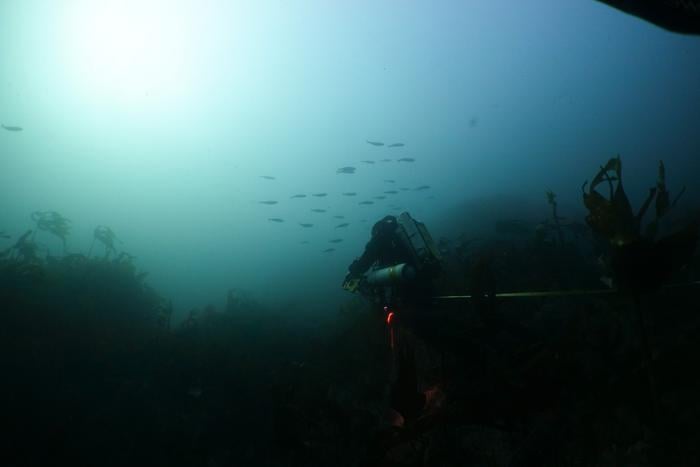A new modeling study published in the Journal of Applied Ecology has found that 62% of Marine Protected Areas (MPAs) designated to protect rare migratory fish species are outside of their core habitats.
The research, conducted by a team of experts from the “Pole MIAME” in France, has developed a novel approach that accurately predicts core and unsuitable habitats of rare and data-poor diadromous fish, such as threatened shads and the critically endangered European eel.
The study reveals that only 55% of the modelled core habitats of diadromous fish fell within any MPAs, and of these protected areas, only half had specific measures to protect the species. The findings are particularly concerning for the endangered Mediterranean twaite shad (Alosa agone), with less than 30% of its core habitat falling within MPAs.
The Plight of Diadromous Fish
Diadromous fish, which migrate between marine and freshwater environments, are particularly vulnerable to anthropogenic pressures. “Diadromous fish species are particularly threatened because they are subject to terrestrial, freshwater, and marine pressures such as agricultural and pollutant runoffs, habitat destruction, barriers to migration, fishing, bycatch, and climate change. These barriers cumulate through their life cycle as they travel between their freshwater and marine habitats,” explained Dr Sophie Elliott, lead author of the study.
Despite the sharp decline in diadromous fish populations, as noted in the recent Living Planet Index (LPI) for migratory freshwater fishes 2024 update, the researchers were surprised to find that more isn’t being done to protect these species. “We found that existing Marine Protected Areas with and without measures to protect listed diadromous fish across France, England, Belgium, and the Netherlands are not adequately protecting them despite a number of these fish being protected,” said Dr Elliott.
A New Modelling Approach for Rare Species Conservation
The researchers tested their newly developed modelling approach, called the ‘Combined Model for Accurate Prediction,’ on diadromous fish because very little is known about their at-sea life history stage and there is no existing model of their distribution. The approach could be used for other protected, threatened, and usually rare species, particularly for species where protected areas have been put in place for their conservation.
Dr Anthony Acou, a co-author of the study, noted that “Due to a lack of data on rare species, spatial protective measures are often implemented with little understanding of the species distribution and habitat (‘the rare species paradox’).”
The researchers hope that their methodological framework can help improve accurate rare species distribution modelling for reliable biodiversity assessments, meaning conservation measures can be targeted in specific areas that protect rare and poorly detected species while also minimising conservation impacts on human activity.
The next step in the research is to better characterise at-sea functional habitats (migratory corridor, nursery area, refuge area) of the different species, which will require additional data, according to Dr Etienne Rivot, a population modelling expert and co-author of the study.


